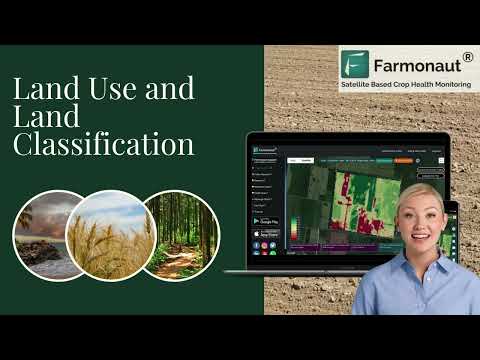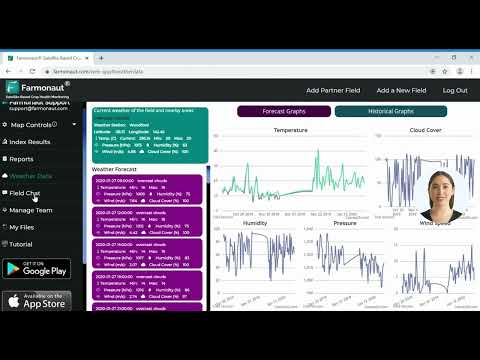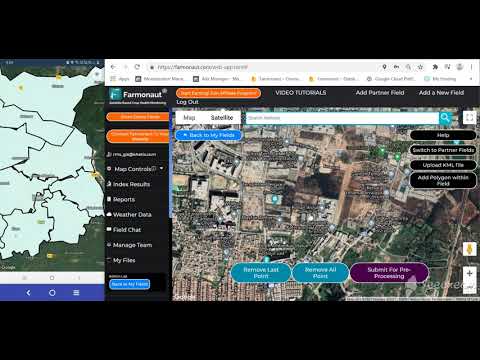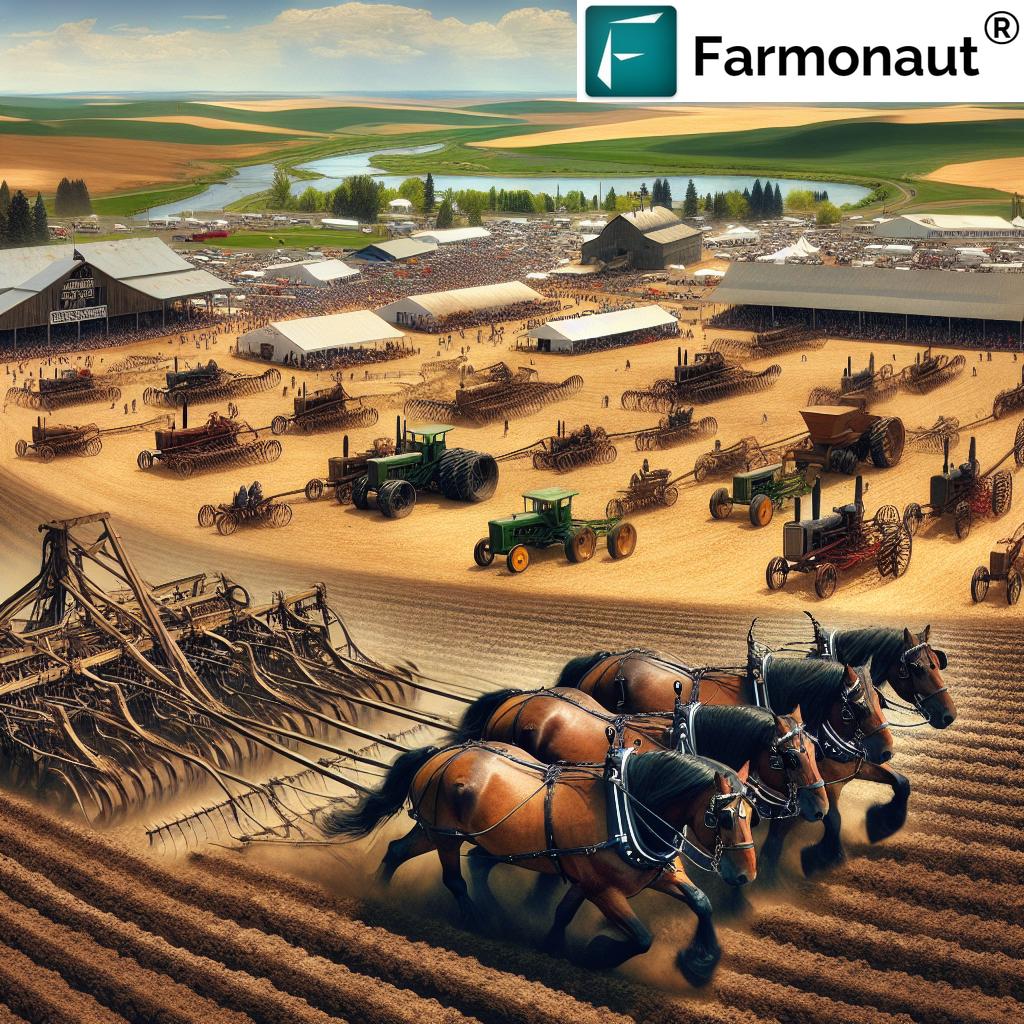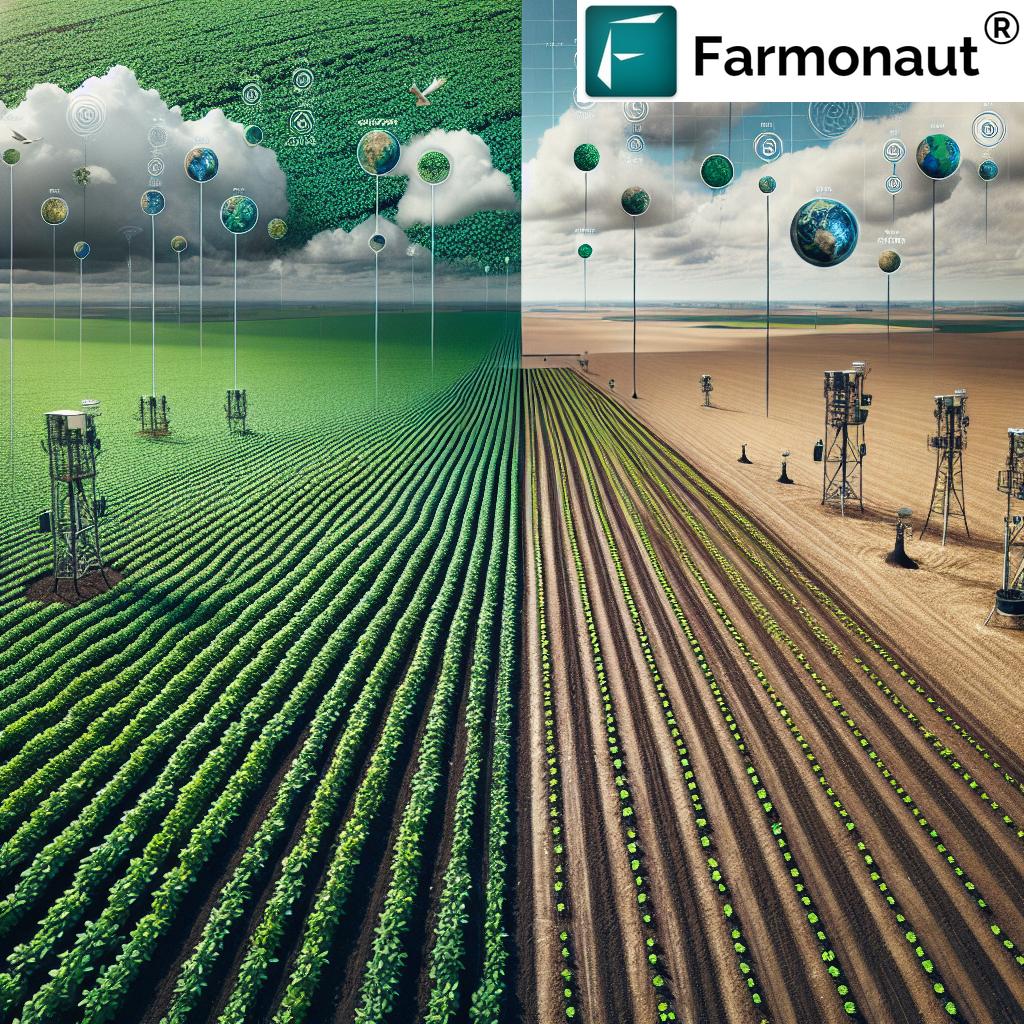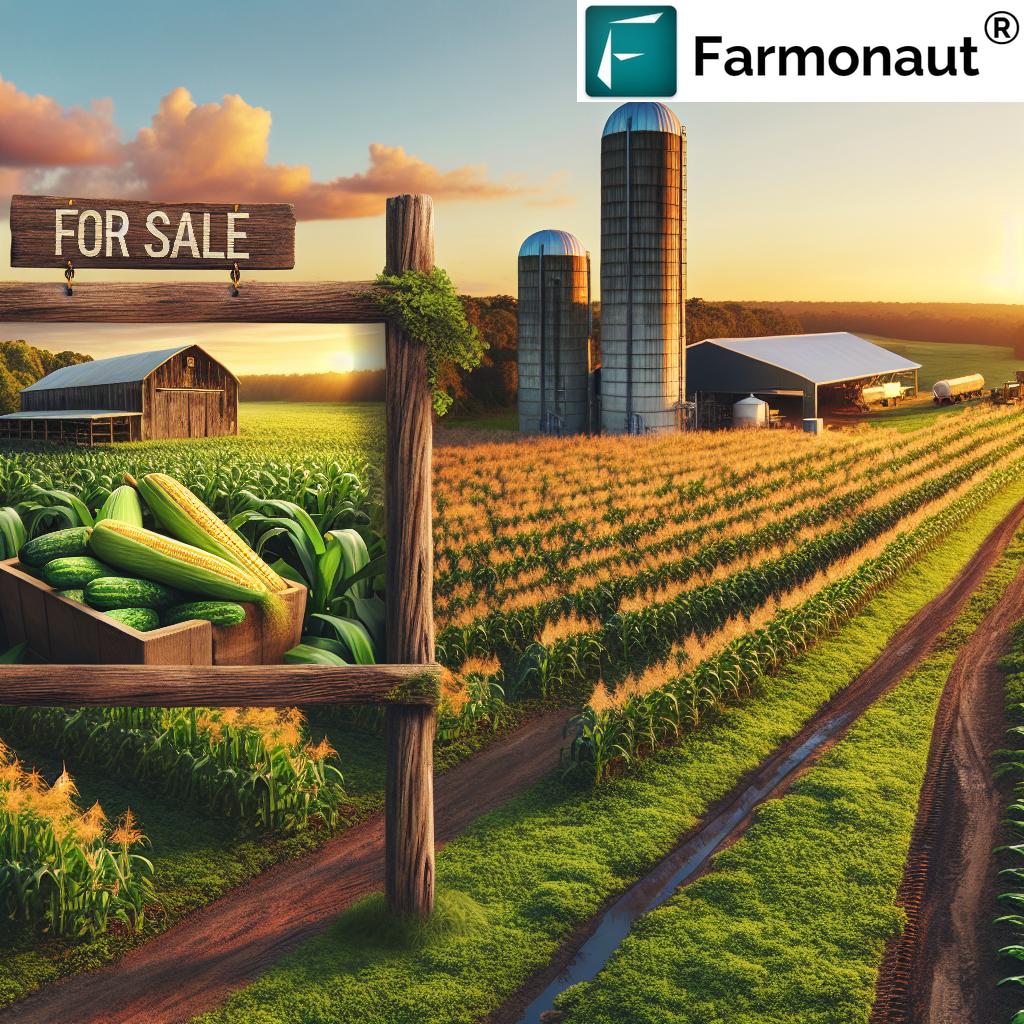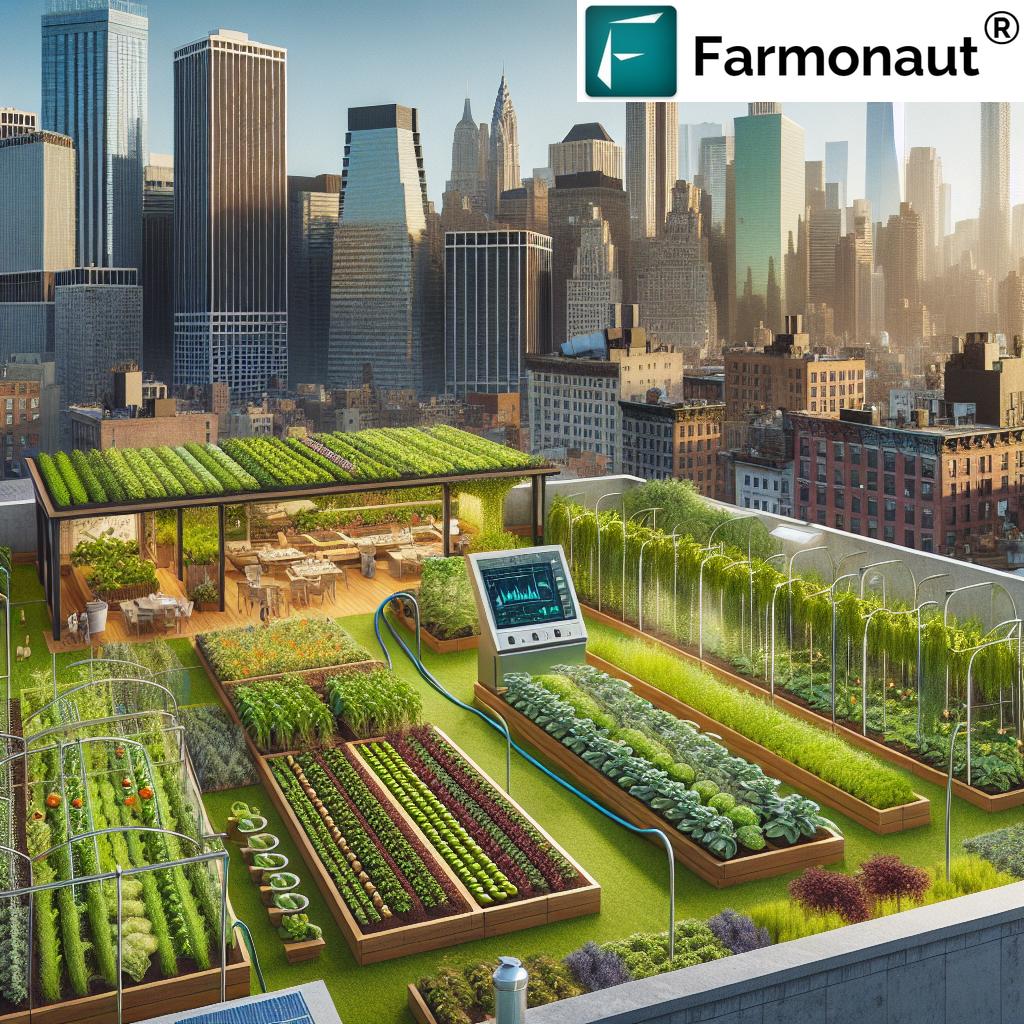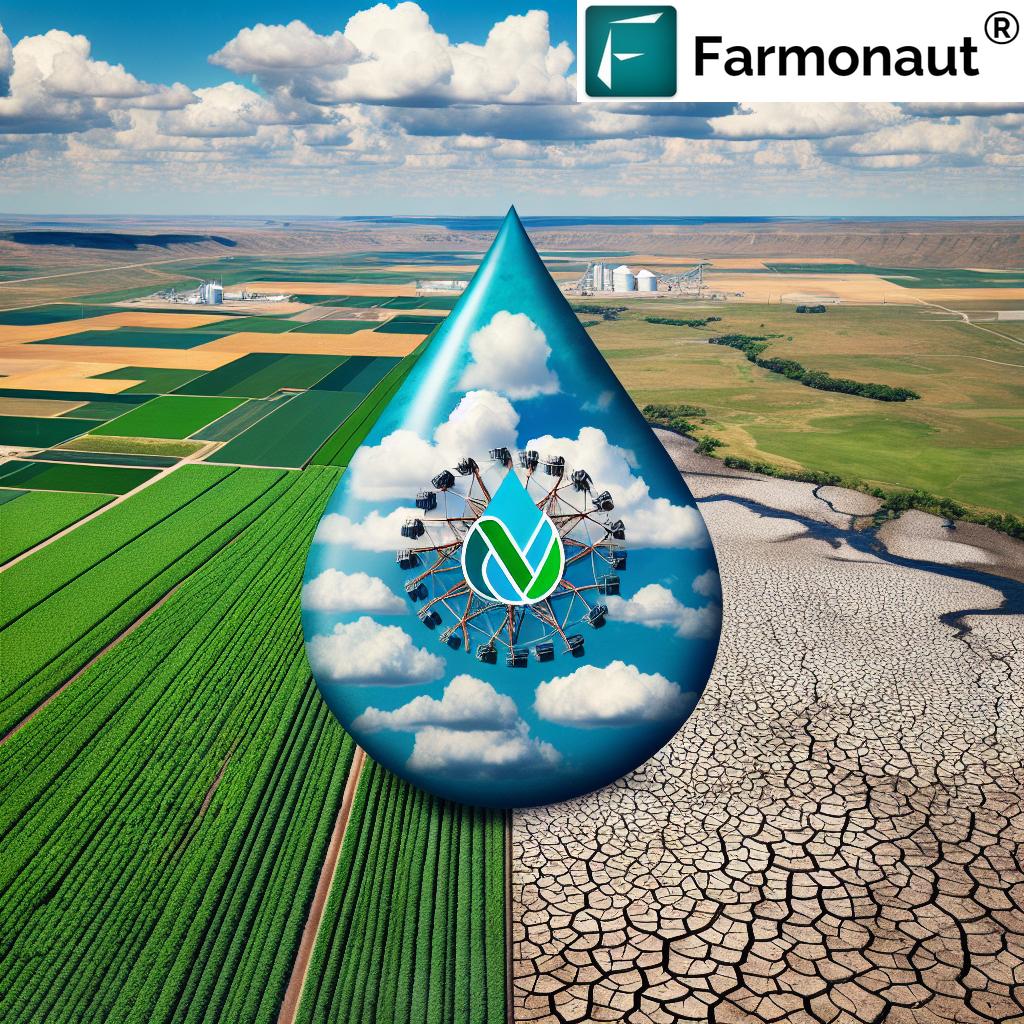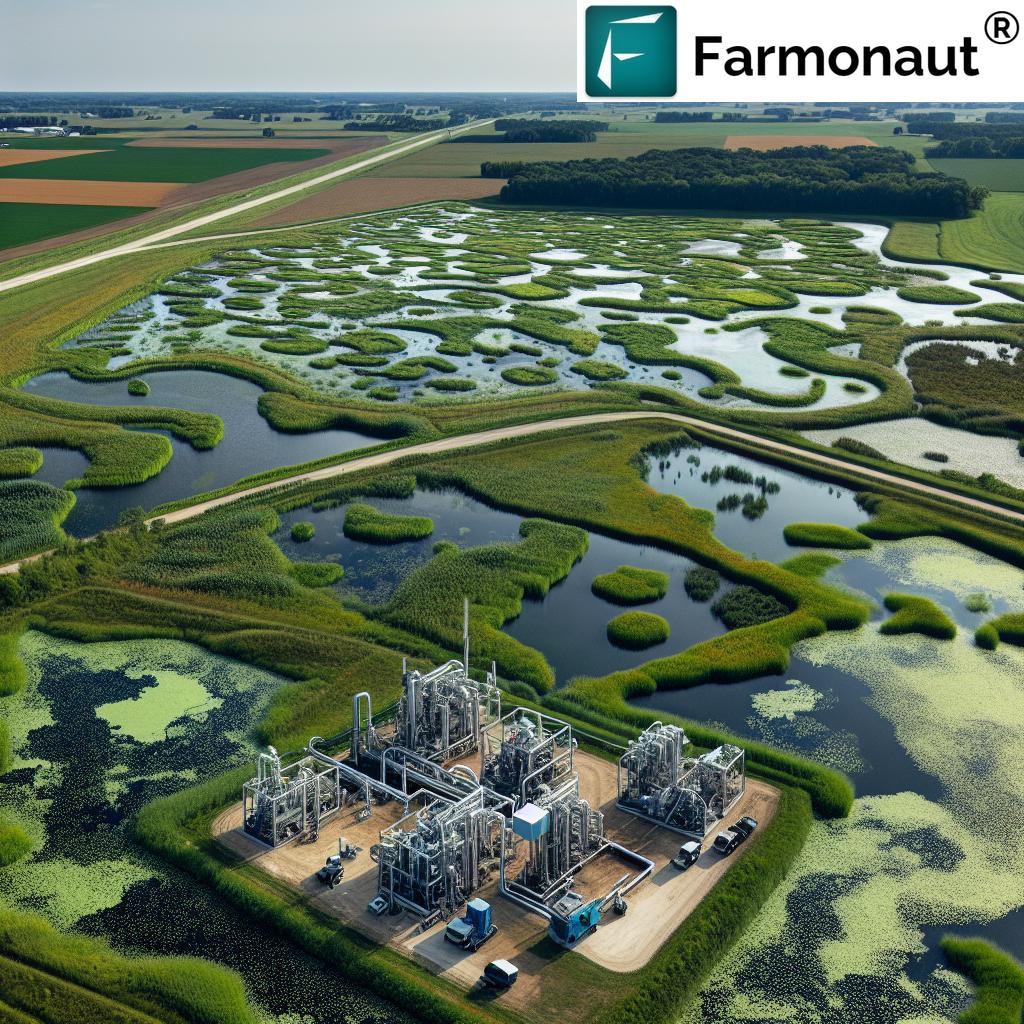Sustainable Farming Takes Flight: Discover Denver Airport’s Unique Agricultural Community
“Denver airport farmers have cultivated airport property for 30 years, balancing aviation demands with sustainable agriculture.”
Welcome to a world where the hum of jet engines mingles with the rustle of wheat fields, and where towering planes cast shadows over thriving crops. We’re about to embark on an extraordinary journey into the heart of Denver’s airport farming community, a place where sustainability meets the sky in perfect harmony.
Nestled in the vast expanses of Colorado’s Eastern Plains, with breathtaking views of the Rocky Mountains, lies a unique agricultural endeavor that has been quietly flourishing for three decades. This is the story of Denver airport farming, a testament to human ingenuity, resilience, and the enduring spirit of American agriculture.
The Birth of Denver Airport Farming
Our tale begins in the early 1990s when plans for the Denver International Airport were taking shape. As the city acquired vast tracts of land to make space for this ambitious project, a visionary idea emerged: why not preserve the agricultural heritage of the area by leasing airport property back to local farmers?
This innovative approach to land use gave birth to what we now know as Denver airport farming. It’s a unique blend of urban agriculture in Denver and traditional farming practices, creating a sustainable model that has stood the test of time.

Meet the Farmers: Stewards of the Land
At the heart of this remarkable community are the farmers themselves. Let’s introduce you to some of the faces behind Denver airport farming:
- Mike and Jim Kruse: Colorado natives and lifelong farmers, these brothers have been tending to airport lands since 1997.
- Tom Kirkmeyer: Part of one of the three remaining DIA farmer families, Tom has adapted his farming techniques to thrive in this unique environment.
- Patrick Simons: Representing another of the core farming families, Patrick embodies the spirit of innovation that characterizes this community.
These resilient agriculturists have not only preserved their family farming traditions but have also become pioneers in sustainable farming near airports. Their story is one of adaptation, perseverance, and a deep love for the land.
The Unique Challenges of Airport Land Farming
Farming with airport views comes with its own set of quirks and challenges. Let’s explore some of the unique aspects of cultivating crops in the shadow of one of the world’s busiest airports:
- Constant Illumination: “We have fields where it’s never dark, over closer to the terminal,” Jim Kruse explains. This constant light presents both challenges and opportunities for crop management.
- Aircraft Shadows: Imagine working in your field when suddenly a massive shadow sweeps across the land. “You feel pretty dumb when you jump,” Tom Kirkmeyer chuckles, describing the startling effect of low-flying planes.
- Vibrations and Noise: “It rattles your tractor for a second, you think, ‘Hope that’s not my tractor!'” Patrick Simons jokes, highlighting the unique sensory experience of farming near runways.
These challenges have pushed our Denver airport farmers to innovate and adapt, resulting in farming practices that are as unique as their location.
Sustainable Practices in Colorado Plains Agriculture
Despite the unusual setting, the farmers at Denver International Airport are at the forefront of sustainable farming in Colorado. They’ve embraced a range of practices that not only ensure the longevity of their operations but also contribute to the overall health of the ecosystem:
- Soil Health Preservation: Rotating crops and minimizing tillage to maintain soil structure and fertility.
- Water Conservation: Implementing efficient irrigation systems to make the most of Colorado’s precious water resources.
- Integrated Pest Management: Using natural predators and targeted interventions to control pests while minimizing chemical use.
- Energy Efficiency: Leveraging the airport’s infrastructure to reduce energy consumption in farm operations.
These practices not only benefit the environment but also ensure the long-term viability of farming in this unique setting.
The Evolution of Colorado Farm Leases on Airport Land
The system of leasing airport land for farming has evolved significantly over the past three decades. What started as a way to maintain the land has become a model for sustainable land use and community partnership.
Key aspects of the current leasing system include:
- Long-term Leases: Providing farmers with the security to invest in sustainable practices.
- Flexible Terms: Allowing for adjustments based on changing airport needs and agricultural conditions.
- Collaborative Planning: Regular meetings between airport authorities and farmers to ensure mutual benefit.
This evolving relationship between the airport and the farming community has created a win-win situation, preserving agricultural heritage while meeting the needs of modern aviation.
The Impact on Local Food Systems
Denver airport farming plays a crucial role in maintaining local food sources. By cultivating crops so close to a major urban center, these farmers are contributing to:
- Food Security: Providing a stable, local source of fresh produce and grains.
- Reduced Food Miles: Minimizing transportation costs and carbon footprint associated with food distribution.
- Community Connection: Strengthening the bond between urban consumers and their rural neighbors.
“The closer you can keep a food source, the prices are going to stay cheaper,” Tom Kirkmeyer points out, highlighting the economic benefits of this unique farming arrangement.
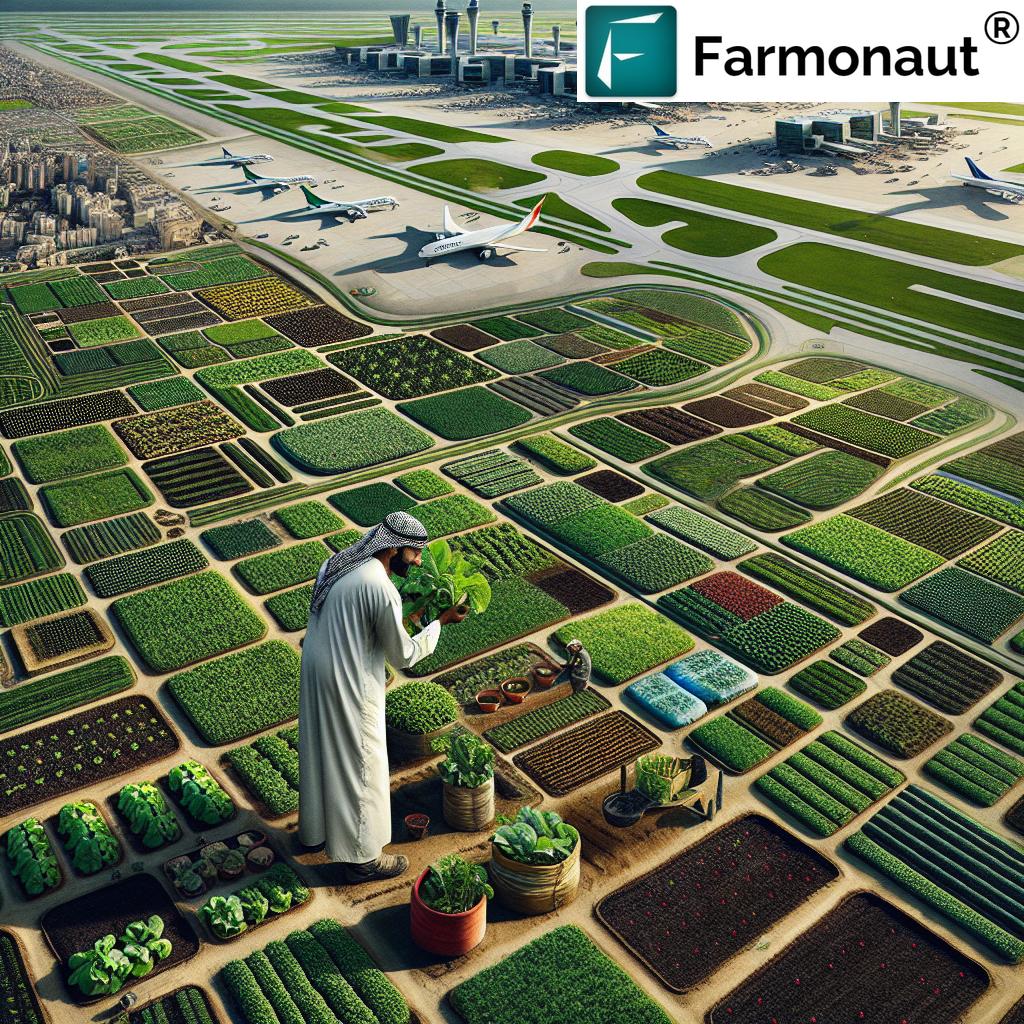
A Community United by Farming
Perhaps one of the most remarkable aspects of Denver airport farming is the tight-knit community it has fostered. Despite the consolidation of farms over the years, the remaining families have formed a bond that goes beyond mere neighborly relations.
“It’s always kind of been a community and a family,” Patrick Simons reflects, encapsulating the spirit of camaraderie that defines this group.
This sense of community extends to their relationship with the airport itself. “Denver International Airport has been a good landlord,” Simons adds, highlighting the collaborative nature of this unique partnership.
Innovations in Airport Property Agriculture
Farming on airport property has necessitated innovative approaches to agriculture. Some of the cutting-edge practices employed by Denver airport farmers include:
- Precision Agriculture: Using GPS-guided machinery to optimize planting and harvesting.
- Remote Sensing: Employing satellite and drone technology to monitor crop health and soil conditions.
- Climate-Adaptive Crops: Selecting and developing crop varieties that thrive in the unique microclimate created by the airport environment.
These innovations not only improve efficiency but also contribute to the overall sustainability of the farming operations.
“Over 16,000 acres of land surrounding Denver International Airport are leased to local farmers for sustainable cultivation.”
The Role of Technology in Modern Farming
In the ever-evolving world of agriculture, technology plays a crucial role in enhancing productivity and sustainability. This is where companies like Farmonaut come into play, offering innovative solutions that complement the unique needs of operations like Denver airport farming.
Farmonaut provides advanced, satellite-based farm management solutions that can be particularly beneficial for large-scale operations like those found near Denver International Airport. Their platform offers:
- Real-time Crop Health Monitoring: Using multispectral satellite images to assess vegetation health and soil moisture levels.
- AI-driven Advisory Systems: Providing personalized recommendations for crop management based on real-time data.
- Resource Management Tools: Helping farmers optimize their use of water, fertilizers, and other inputs.
These technological advancements can significantly enhance the efficiency and sustainability of farming operations, even in unique environments like airport properties.
For farmers interested in leveraging these advanced technologies, Farmonaut offers several access points:
For those interested in integrating Farmonaut’s data into their own systems, they also offer an API with comprehensive developer documentation.
The Future of Sustainable Farming Colorado
As we look to the future, the Denver airport farming community stands as a shining example of how sustainable agriculture can thrive even in the most unexpected places. Their success offers valuable lessons for other communities looking to balance urban development with agricultural preservation.
Key takeaways for the future of sustainable farming in Colorado and beyond include:
- Adaptive Land Use: Finding creative ways to utilize spaces that might otherwise go unused.
- Community Partnerships: Fostering strong relationships between different sectors of society.
- Technological Integration: Embracing new technologies to enhance traditional farming practices.
- Environmental Stewardship: Prioritizing sustainable practices that benefit both farmers and the planet.
As Mike Kruse wisely observes, “We’re all humans. It’s important to try to keep the earth to maintain the billions of people we have.” This sentiment encapsulates the ethos of Denver airport farming – a commitment to feeding the world while preserving the land for future generations.
Denver Airport Farming at a Glance
| Farming Aspect | Description | Challenges | Benefits |
|---|---|---|---|
| Land Leasing | Airport property leased to local farmers | Balancing airport needs with farming requirements | Preservation of agricultural land, income for airport |
| Crop Types | Wheat, corn, sunflowers, and other adaptable crops | Selecting crops suitable for airport environment | Diverse agricultural output, soil health maintenance |
| Sustainable Practices | Precision agriculture, water conservation, integrated pest management | Implementing new technologies in a unique setting | Reduced environmental impact, improved resource efficiency |
| Community Impact | Supports local food systems, preserves farming heritage | Maintaining agricultural traditions in an urban context | Strengthened community bonds, enhanced food security |
Embracing the Future While Honoring the Past
The story of Denver airport farming is more than just an account of agricultural ingenuity. It’s a testament to the resilience of the human spirit and the enduring importance of our connection to the land. As we face global challenges like climate change and food security, the lessons learned from this unique community become increasingly valuable.
These farmers, working in the shadow of one of the world’s busiest airports, remind us that sustainability and progress can go hand in hand. They show us that with creativity, determination, and a willingness to adapt, we can find harmony between the demands of modern life and the timeless rhythms of agriculture.
Join the Movement: Supporting Sustainable Agriculture
Inspired by the Denver airport farming community? Here are ways you can support sustainable agriculture in your own area:
- Buy Local: Support farmers’ markets and community-supported agriculture (CSA) programs.
- Advocate: Encourage your local government to support urban and peri-urban agriculture initiatives.
- Educate: Learn about sustainable farming practices and share your knowledge with others.
- Volunteer: Many community farms and gardens welcome volunteers.
By taking these steps, we can all play a part in creating a more sustainable and resilient food system.
Leveraging Technology for Agricultural Success
As we’ve seen with the Denver airport farmers, embracing technology can significantly enhance agricultural operations. Platforms like Farmonaut offer powerful tools that can benefit farmers of all scales. Here’s how you can get involved:
Earn With Farmonaut: Affiliate Program
Earn 20% recurring commission with Farmonaut’s affiliate program by sharing your promo code and helping farmers save 10%. Onboard 10 Elite farmers monthly to earn a minimum of $148,000 annually—start now and grow your income!
Farmonaut Subscription Options
Frequently Asked Questions
Q: How long has farming been taking place at Denver International Airport?
A: Farming has been ongoing at Denver International Airport for approximately 30 years, since the airport’s planning and construction in the early 1990s.
Q: What types of crops are grown on airport property?
A: While specific crop details weren’t provided, farmers typically grow crops suitable for the Colorado climate, which may include wheat, corn, sunflowers, and other adaptable crops.
Q: How many farmers currently lease land from the airport?
A: According to the information provided, there are currently three farming families leasing land from Denver International Airport.
Q: Does airport farming affect flight operations?
A: No, airport farming does not interfere with flight operations. The farming activities are carefully coordinated with airport authorities to ensure safety and compliance with aviation regulations.
Q: How does farming near an airport contribute to sustainability?
A: Airport farming contributes to sustainability by preserving agricultural land, maintaining local food sources, and implementing eco-friendly farming practices. It also reduces food transportation distances, lowering the carbon footprint of food production.
Conclusion: A Model for the Future
As we conclude our journey through the unique world of Denver airport farming, we’re left with a profound appreciation for the ingenuity, resilience, and dedication of these remarkable farmers. Their story is a powerful reminder of the potential for innovation in agriculture, even in the most unexpected places.
The success of this community offers valuable lessons for the future of sustainable farming in Colorado and beyond. It demonstrates that with creativity, determination, and a willingness to embrace new technologies and practices, agriculture can thrive alongside modern development.
As we face global challenges like climate change and food security, the model provided by Denver airport farming becomes increasingly relevant. It shows us a path forward where urban growth and agricultural preservation can coexist, where the needs of modern society can be met without sacrificing our connection to the land.
In the end, the story of Denver airport farming is one of hope. It’s a testament to human adaptability and the enduring importance of agriculture in our lives. As we look to the future, let’s carry with us the lessons learned from these innovative farmers, working tirelessly beneath the flight paths, nurturing crops that feed communities and preserve a way of life for generations to come.
The next time you find yourself gazing out an airplane window at Denver International Airport, take a moment to appreciate the patchwork of fields below. Remember the dedicated farmers who tend to those lands, balancing the demands of modern aviation with time-honored agricultural traditions. They are the custodians of a unique legacy, one that continues to evolve and inspire as it takes sustainable farming to new heights.


